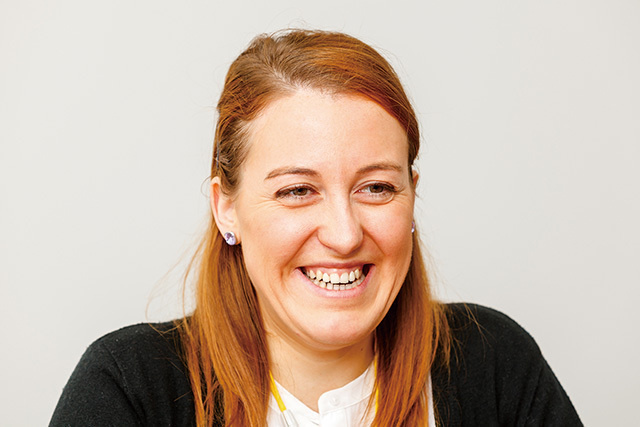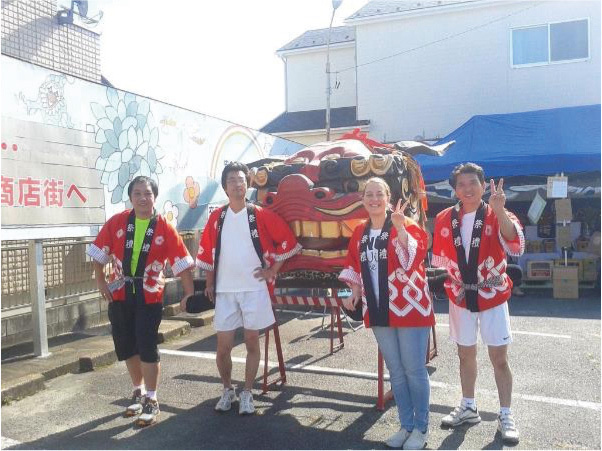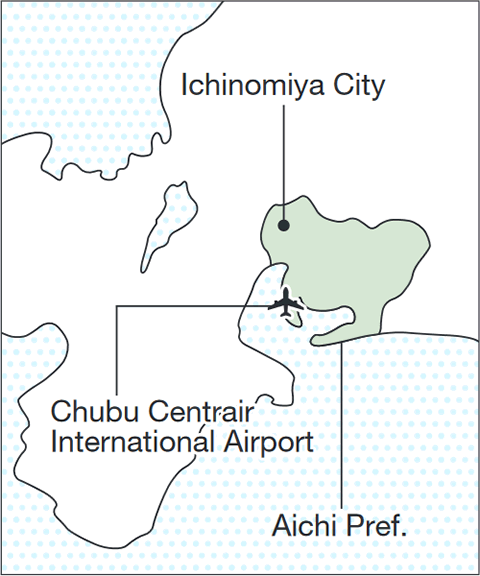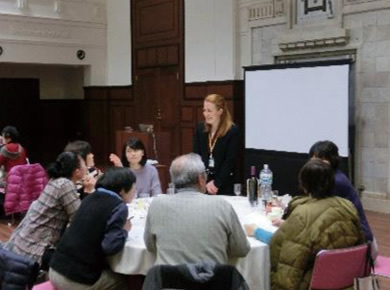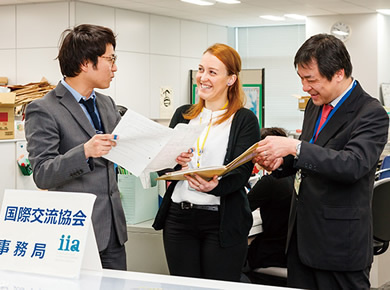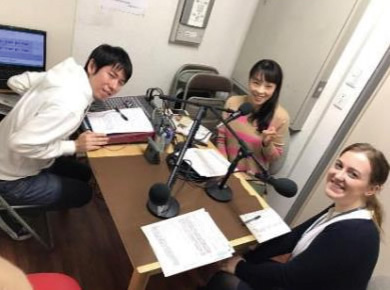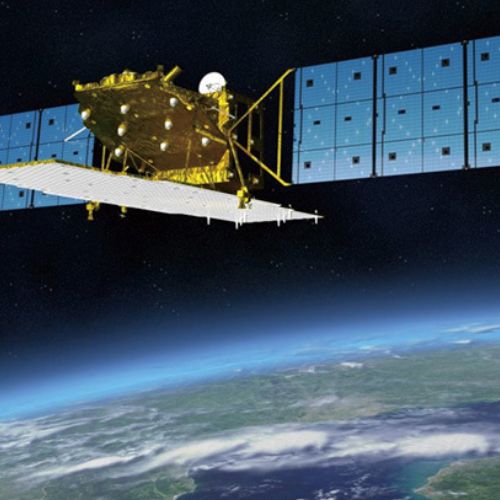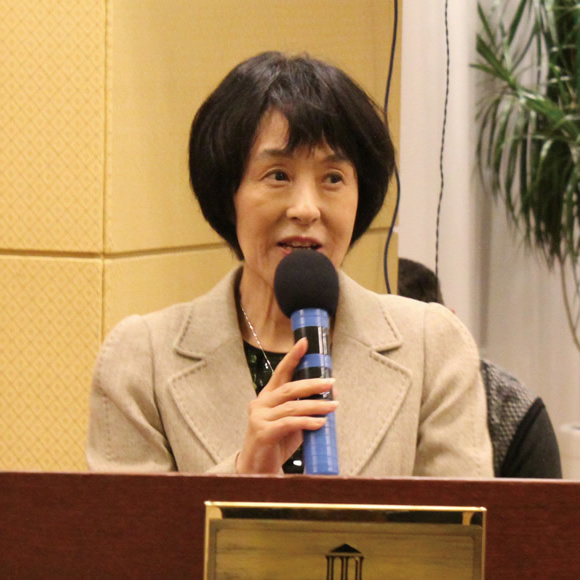Alessandra Grillo
Born in the city of Treviso in the Veneto region of Italy. Began studying Japanese in junior high school using an Italian-Japanese dictionary. She has made ichigo ichie (treasure every encounter), a phrase used in her favorite Japanese TV series, her personal motto. She has spent her free time traveling with friends to Hokkaido, Ise, Shirakawa-go, and other parts of Japan. She plans to visit Nagasaki and Kanazawa in the future.
Six months have passed since I came to Ichinomiya City in Aichi Prefecture as a Coordinator for International Relations (CIR). Through my work I have learned that Japanese people are very diligent. Seeing how everyone works hard toward a goal, I want to do the same, and it makes me happy to sense my own growth.
I majored in Japanese at a university in Venice. During my student years, I came to Japan twice to study Japanese. It’s hard to say precisely how I came to love Japan, but it is something like first love. I feel so comfortable in Japan that it makes me intuitively feel like I belong here. After graduating from university, I came to Japan again and worked at a store handling Italian food while attending a Japanese language school. During that time I learned that Ichinomiya, a friendship city with Treviso, where I grew up, was recruiting a CIR, so I immediately applied for the position.
When I first started working as a CIR, I felt a sense of pressure, thinking that I must do this, that, and the other thing to serve as a bridge between Japan and Italy. However, a CIR from New Zealand with more years of experience advised me not to fret so much. Now I am trying to enjoy my life in Ichinomiya. I have appeared repeatedly on a community radio program on international exchange and have participated in local festivals. I am stimulated by the local people I come into contact with through my CIR work.
I have also started working to deepen mutual understanding through the food cultures of Japan and Italy. Treviso is famous for its Prosecco white wine. Italian people in general love wine, considering it to be an integral part of their lives. In March 2017 I held a wine seminar in Ichinomiya. About 30 people attended the event, where I described the history of wine, how it is made, and its varieties. We even had a wine tasting. Participants reported that they learned a lot and enjoyed the wine. I felt that the seminar helped to make Treviso better known.
One thing I want to achieve during my term as a CIR is to invite people from Treviso on a tour of Ichinomiya to experience its food culture. Japanese cooking and Italian cooking differ in some respects, such as the seasonings they use, but they also have many points in common: Both seek to produce delicious dishes by using fresh ingredients and paying close attention to details like the choice of matching ingredients and seasonings. I am certain that learning about the similarities of food culture will cultivate a sense of friendship with and closeness to Japan.
The G7 Summit will be held in Italy in 2017. I hope that this will serve as an opening for the peoples of Japan and Italy to develop greater interest in each other. As a CIR, I want to work to deepen exchanges to the point that the people of both Ichinomiya and Treviso will all be familiar with each other’s cities.


























